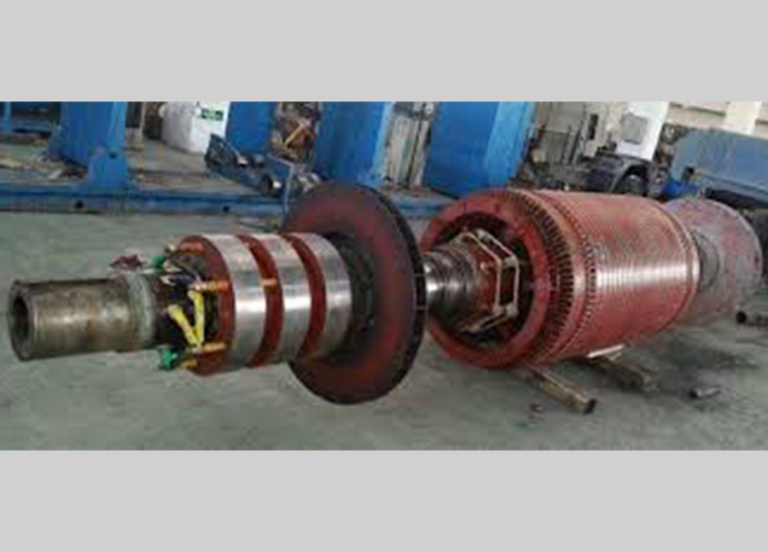
A slip ring motor is referred to as an asynchronous motor because the speed at which it operates is lopsided to the synchronous speed. The blade of this type of motor is wound type. It comprises a cylindrical laminated steel core and a semi-closed groove at the outer boundary to accommodate a 3-phase insulated winding circuit.
How Slip ring motor services are done?
Before starting the slip ring motor services, ensure the motor is disconnected from power supplies, and there are no accessible moving parts.
Adjustment of carbon brushes:
Checking brush pressures is mandatory for a normal operation. For an electro graphite brush, the pressure should be 2.8 to 3.6 psi. If the frequent vibrations are evident or the brush is small, the pressure should be more significant.
The brush pressure may be reduced after use, so it is necessary to re-adjust. For adjustment, turn the adjusting screw, pressure adjusting pin, or pressure adjusting plate to obtain the correct tension. Remember, if constant force spring is used, brush pressure need not be changed.
Brush Replacement:
The carbon brush is a part of the equipment which is quickly worn away. Hence it should be replaced after it is worn to 1/2 ~ 3/4 of the original size.
The brush material is essential to the performance of the motor. Only the most appropriate materials are chosen and are listed on the nameplate of the motor. It is vital to know this when you replace the brush, so a recommended type is used. Polish the new brush with a file until it assumes the appropriate contour of the slip ring which it touches.
Sandpaper is placed on the slip ring with the paper’s abrasive face against the brush to induce closer contact by rubbing against each other. The process is repeated until the contact surface between brush and slip ring exceeds 80%. Finally, clean the contaminated slip ring and brush with a clean cloth or compressed air.
